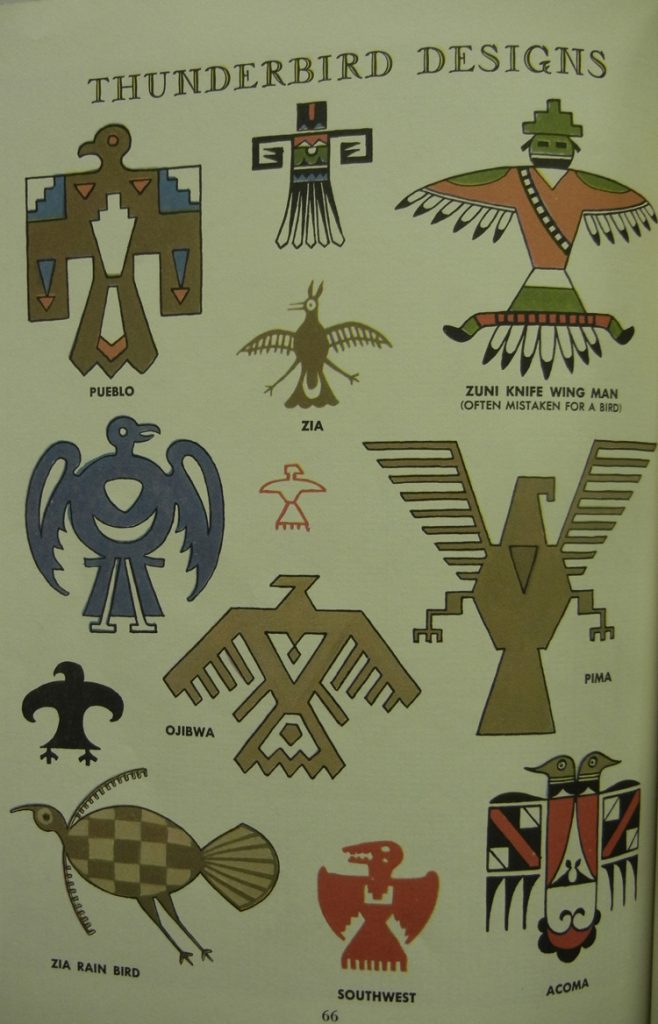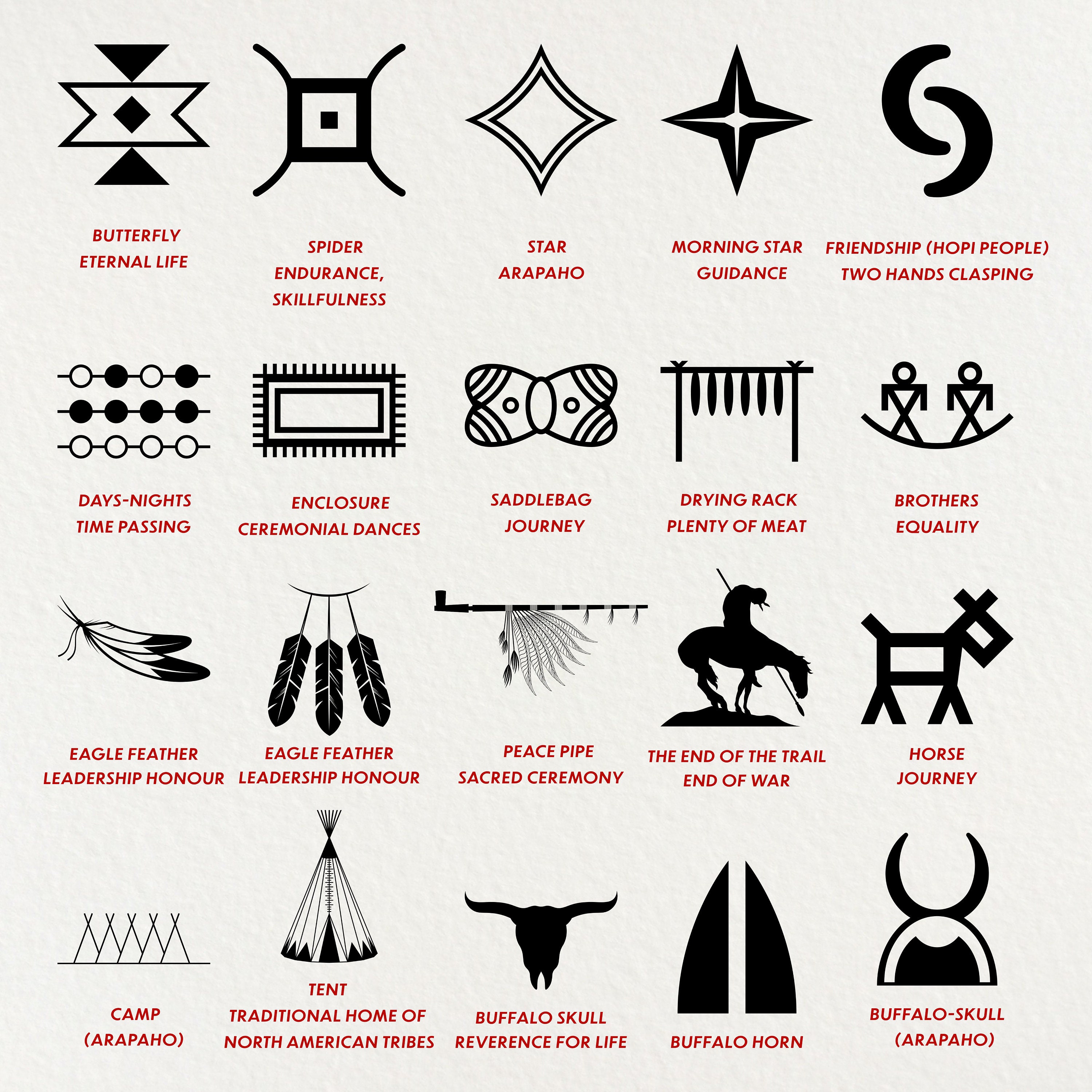
Echoes of the Earth: The Profound Symbolism in Native American Art Forms
Beyond the vibrant hues and intricate patterns, Native American art forms are living chronicles, breathing testaments to cultures deeply intertwined with the natural world, spirituality, and community. Far from mere aesthetics, each line, bead, and weave tells a story, embodies a prayer, or preserves an ancient wisdom. These artistic expressions are not just beautiful objects; they are a profound language, a visual scripture that speaks of identity, resilience, and an enduring connection to the earth and cosmos.
For millennia, Indigenous peoples across North America have channeled their understanding of the universe into a breathtaking array of art forms. From the monumental totem poles of the Northwest Coast to the delicate beadwork of the Plains, the earth-fired pottery of the Southwest, and the intricate basketry of California, each region and tribe developed unique artistic vocabularies. What unites them, however, is a foundational philosophy: art is life, and life is art. It is a seamless continuum where creation is a spiritual act, and every object, whether utilitarian or ceremonial, is imbued with meaning.
The Earth as Canvas: Pottery and Basketry

In the arid Southwest, pottery is more than just a vessel; it is a direct conversation with the earth itself. Tribes like the Pueblo, Hopi, and Navajo have perfected techniques passed down through generations, using local clays, natural pigments, and traditional firing methods. The forms often mimic natural shapes – gourds, seed pods, or the human body – symbolizing fertility, sustenance, and the cycles of life.
The iconic black-on-black pottery, pioneered by Maria Martinez of San Ildefonso Pueblo in the early 20th century, beautifully exemplifies this connection. Its polished, matte surfaces, often adorned with designs like the Avanyu (water serpent) or rain clouds, are prayers for water, the lifeblood of the desert. As Pueblo elder and potter Lucy M. Lewis once eloquently stated, "When I make a pot, I am praying. I am praying for rain, for corn, for health. My hands are praying." The spirals on many pots can symbolize the journey of life, the flow of water, or the continuous cycle of creation and destruction. Zigzags often represent lightning or the sacred mountains that cradle their communities.
Similarly, basketry across the continent is a testament to meticulous craftsmanship and a deep understanding of natural materials. From the tightly coiled Pomo baskets of California, so fine they can hold water, to the durable cedar bark baskets of the Northwest Coast, or the sweetgrass baskets of the Northeast, each fiber, each stitch carries meaning. The patterns woven into baskets are not arbitrary; they often represent animals (like the rattlesnake or butterfly), celestial bodies (stars, sun), or natural phenomena (mountains, rivers). A recurring motif is the "open square" or "pathway," symbolizing life’s journey, openness, and interconnectedness. The act of gathering materials – willow, sedge, yucca, cedar bark – is itself a spiritual practice, involving respect for the plant and an offering of thanks. Baskets served not only for gathering and storage but also as ceremonial objects, cradles, and even in some cases, as a form of currency or trade.
Woven Narratives: Textiles and Beadwork
The art of weaving, particularly among the Navajo (Diné) people, transcends mere craftsmanship to become a profound act of storytelling and spiritual embodiment. Navajo rugs are renowned globally for their intricate designs, vibrant colors, and durable quality. The loom itself is considered sacred, a gift from Spider Woman, a revered deity who taught the Diné how to weave the universe into being. Each rug is a microcosm of the Navajo cosmos, with patterns that represent mountains, clouds, lightning, or the four sacred directions. The "spirit line" – a small, deliberately unfinished thread running from the center to the edge of the rug – is a common symbolic element, allowing the weaver’s spirit to escape the finished piece, preventing it from being trapped and ensuring the weaver’s continued creativity.
Beyond their aesthetic appeal, Navajo rugs historically served as blankets, cloaks, and trade items, embodying wealth, status, and protection. The colors used are also highly symbolic: black for darkness, protection, or the underworld; white for purity, light, or the sky; red for the earth, blood, or life force; and blue for the sky, water, or peace. The geometric patterns, while visually appealing, often encode complex cosmological maps or clan histories.
Beadwork and quillwork, particularly prevalent among Plains and Woodlands tribes, represent personal identity, status, and spiritual connection. Before European contact, porcupine quills were painstakingly dyed and flattened, then sewn onto hides to create stunning geometric and pictorial designs. With the arrival of glass trade beads, a new art form blossomed, reaching astonishing levels of complexity. Beadwork adorned clothing, moccasins, bags, cradleboards, and ceremonial objects.
The symbolism in beadwork is rich and varied. Floral patterns, common in Woodlands beadwork, often represent the beauty and abundance of nature, while geometric designs dominate Plains styles, often depicting abstract representations of the natural world, celestial bodies, or warrior societies. A common motif is the "morning star," symbolizing guidance, hope, and new beginnings. The colors of beads, like those in weaving, carry specific meanings: blue for sky and water, yellow for the sun and earth, green for plants and healing, and red for blood, life, and power. The very act of beading, often a communal activity among women, reinforced social bonds and transmitted cultural knowledge.

Ancestors and Spirits: Carving and Painting
On the Northwest Coast, the art of carving reaches monumental proportions in the form of totem poles, house posts, and masks. Tribes like the Haida, Tlingit, Kwakwaka’wakw, and Tsimshian carved cedar into powerful representations of ancestral crests, mythological beings, and historical events. Totem poles are not idols to be worshipped but rather visual narratives, family crests, and memorials that chronicle lineage, status, and the stories that define a clan. The animals carved – raven, bear, wolf, eagle, killer whale – are not just animals but spirit beings, clan ancestors, or characters from creation myths, each with specific attributes and symbolic meanings (e.g., Raven as the trickster and creator, Bear as strength and introspection, Eagle as spiritual power and prestige).
Transformation masks, a hallmark of Northwest Coast ceremonial art, are particularly striking. These masks, often depicting an animal that can open to reveal a human face or another animal, symbolize the spiritual transformation that occurs during ceremonies, or the inherent duality and interconnectedness of the human and animal worlds. The intricate "formline" design, characterized by bold black outlines, ovoid shapes, and U-forms, defines this distinct artistic tradition, emphasizing fluidity and interconnectedness.
Painting, in its various forms, also served as a vital symbolic medium. Ancient petroglyphs (carvings) and pictographs (paintings) on rock faces across the continent depict spiritual visions, astronomical observations, and historical events, acting as timeless messages from ancestors. Later, Plains tribes developed "hide painting," using natural pigments to depict battles, hunts, and spiritual quests on buffalo or deer hides.
With the advent of paper and pencils, "Ledger Art" emerged among Plains tribes during the reservation era. These drawings, often on ledger books acquired from traders, depicted daily life, ceremonies, and historical events, serving as a powerful record of a disappearing way of life and a means of cultural preservation. The symbolism remained strong: figures were often depicted in profile, horses were drawn with powerful musculature, and specific colors and details indicated status, bravery, or spiritual power.
Universal Symbols and Their Meanings
While specific interpretations vary by tribe, several symbols recur across diverse Native American art forms, reflecting shared understandings of the world:
- Animals: More than just creatures, animals are spirit guides, teachers, and powerful symbols. The Eagle signifies wisdom, spiritual power, and connection to the Creator; the Bear represents strength, healing, and introspection; the Wolf symbolizes loyalty, intelligence, and guidance; the Buffalo signifies abundance, gratitude, and the sacred; and the Turtle embodies Mother Earth, longevity, and protection.
- Celestial Bodies: The Sun represents life, growth, and healing; the Moon symbolizes cycles, femininity, and intuition; Stars represent guidance, hope, and the spiritual realm.
- Geometric Shapes: The Circle is a pervasive symbol, representing unity, cycles, the sacred hoop of life, and the interconnectedness of all things (e.g., tipis, medicine wheels). The Cross (often an equal-armed cross) can symbolize the four sacred directions, the four winds, or balance. Spirals often denote journey, growth, and the continuous flow of energy.
- Colors: As mentioned, colors carry significant symbolic weight, varying by tribe but generally representing aspects of the natural world, spiritual qualities, or emotional states.
Art as a Living Language and Enduring Legacy
Native American art is profoundly functional. It is not art for art’s sake, but art for life’s sake. It serves as:
- Storytelling: Preserving oral traditions, myths, and historical narratives.
- Education: Teaching cultural values, moral lessons, and survival skills.
- Healing: Used in ceremonies to restore balance, both physical and spiritual.
- Spiritual Practice: A means of connecting with the sacred, expressing reverence, and offering prayers.
- Identity: Affirming individual, family, and tribal identity.
In the contemporary world, Native American art continues to evolve, reflecting both traditional roots and modern expressions. Indigenous artists today grapple with issues of cultural appropriation, the preservation of traditional knowledge, and economic sustainability. Yet, they also innovate, using new materials and techniques to address contemporary issues while maintaining deep respect for their heritage. They stand as a testament to the resilience and adaptability of Indigenous cultures, ensuring that these profound artistic languages continue to speak across generations.
The symbolism embedded in Native American art forms offers a powerful reminder of a holistic worldview – one where humanity is an integral part of nature, not separate from it. It is a world where every creation is a prayer, every pattern a story, and every object a bridge between the seen and unseen realms. To truly appreciate Native American art is to engage with these deeper meanings, to listen to the echoes of the earth, and to recognize the enduring wisdom held within its intricate beauty. It is a visual symphony of spirit, history, and an unbreakable connection to the land and its people.


